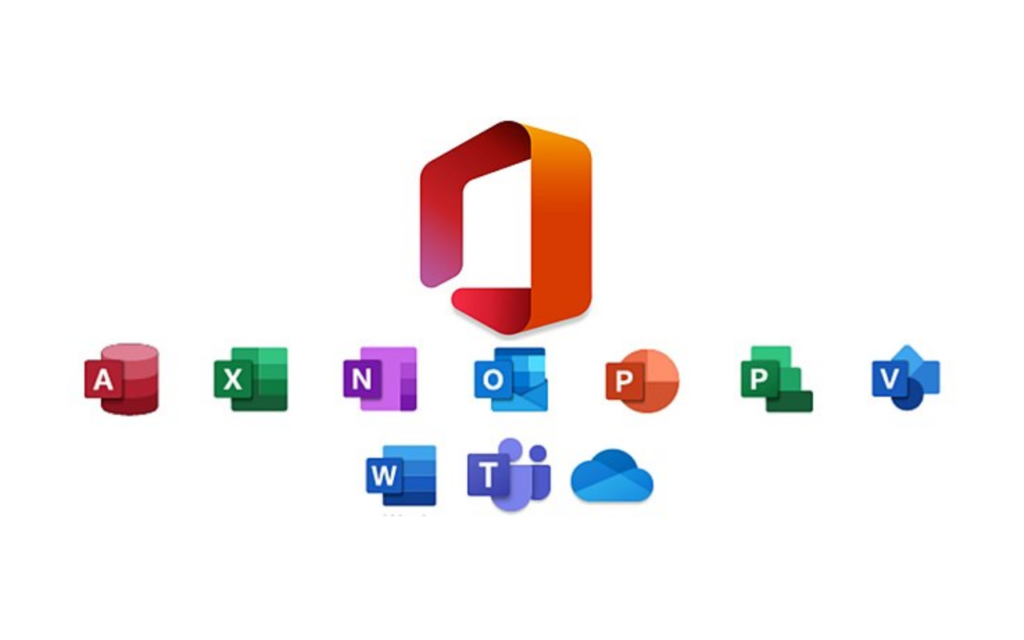© 2000-2023 - Enkey Magazine - All rights reserved
ENKEY SNC - VAT ID IT03202450924 / REA Code CA253701 - Phone. 078162719
Microsoft has introduced Microsoft Copilot, an Artificial Intelligence-based tool that aims to revolutionize the world of work. The copilot combines large-scale language models, known as LLMs, with data from Microsoft Graph and Microsoft 365 apps. Copilot will seamlessly integrate with daily Microsoft 365 apps such as Word, Excel, PowerPoint, Teams, and Outlook to increase productivity, improve skills, and stimulate creativity. But that’s not all: a new feature, Business Chat, has also been created. This ultimate AI tool will summarize all data present in calendars, emails, documents, and create status updates and alerts.
For now, Microsoft Copilot is only available for some companies and individual users who will act as beta testers. While waiting for it to be released, presumably this summer, let’s find out more about this revolutionary tool.
What is Microsoft’s Copilot?
As the name suggests, the Copilot system is a tool that will help manage the workload by automating the reading and synthesis of data. As clearly stated in Microsoft’s announcement, it is not a simple integration of ChatGPT into Microsoft 365, but a true processing engine. Microsoft Copilot is based on company data and has real-time access to it. This means that it can generate text starting from the company contents present in documents, emails, calendars, and chats. By reprocessing and contextualizing these and other inputs, it is able to write email responses, create events, take notes, and draft technical documentation.

The functionality is divided into two main branches: integration into the most common apps and Business Chat. Integration into applications like Word, Excel, and PowerPoint allows for optimizing time and stimulating creativity. On the other hand, Business Chat becomes a kind of virtual assistant that enables users to send emails, summarize meetings, or create events.
Microsoft Copilot on Word, Excel, and PowerPoint
Most users only scratch the surface of Microsoft 365 tools. An average user might only animate a slide in PowerPoint or insert a table, ignoring the whole world that lies behind the various icons in the Office 365 suite. Microsoft Copilot, on the other hand, is well-acquainted with all the features available and can process the final result from a simple natural language request. The system is designed to interact and work through apps, passing data from one to another to obtain a comprehensive result. Furthermore, Copilot has been designed to learn new skills from other apps and perform more specific tasks and complex queries.

On Word, for example, it is able to create a new document by inserting an initial draft of the chosen text. The user can either modify the text or keep it intact, but in any case, they will have saved a lot of time compared to writing it from scratch. Once the document is completed, Copilot can transport it to PowerPoint, creating specific and interactive presentations. The user will only need to write a request in natural language, and Copilot will insert additional data, such as a chart created in Excel.
Microsoft Copilot on Teams, Outlook, and the Business Chat
The integration of Copilot on Teams and Outlook has the same purpose as the new Business Chat tool: to optimize time and increase productivity. This is possible by letting Copilot’s AI handle data and automate repetitive processes. In Outlook, for example, Copilot can summarize email threads on the same topic, suggest quick responses, and highlight the most important topics. This way, mail can be processed much faster than manually. In Teams, on the other hand, Copilot can summarize the key points of each meeting and suggest the next topic, obviously in real-time. The system can also take notes, recording who said what and the responses received.

Combining all this data, Business Chat can create a comprehensive and even more summarized document. But that’s not all. Business Chat becomes a sort of virtual assistant (in every sense) capable of responding to requests in natural language with specific actions. For example, a user can ask to create a summary documentation for the team based on the meetings held during the week. Business Chat will create a status update taking into account meetings on Teams, emails on Outlook, and all discussions in chats.
This post is also available in:
 Italiano
Italiano

